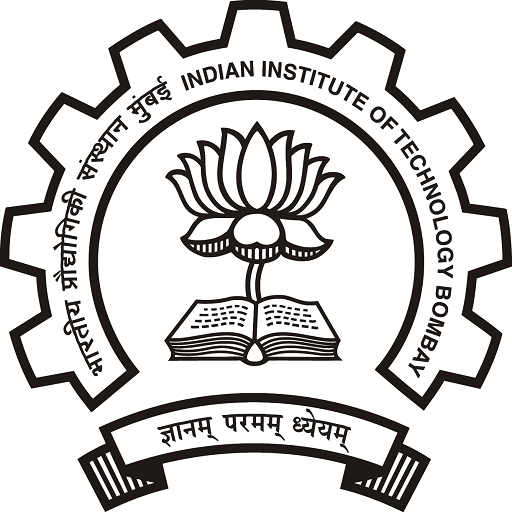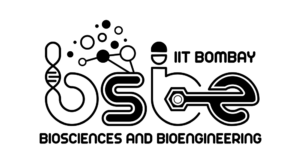BB406: Genetic Engineering
Impact of genetic engineering in modern society; general requirements for performing a genetic engineering experiment; restriction endonucleases and methylases; DNA ligase, Klenow enzyme, T4 DNA polymerase, polynucleotide kinase, alkaline phosphatase; cohesive and blunt end ligation; linkers; adaptors; homopolymeric tailing; labelling of DNA: nick translation, random priming, radioactive and non-radioactive probes, hybridization techniques: northern, southern, south-western and far-western and colony hybridization, fluorescence in situ hybridization.
Plasmids; Bacteriophages; M13 mp vectors; PUC19 and Bluescript vectors, hagemids; Lambda vectors; Insertion and Replacement vectors; Cosmids; Artificial chromosome vectors (YACs; BACs); Principles for maximizing gene expression expression vectors; pMal; GST; pET-based vectors; Protein purification; His-tag; GST-tag; MBP-tag etc.; Intein-based vectors; Inclusion bodies; methodologies to reduce formation of inclusion bodies; mammalian expression and replicating vectors; Baculovirus and Pichia vectors system, plant based vectors, Ti and Ri as vectors, yeast vectors, shuttle vectors.
Principles of PCR: primer design; fidelity of thermostable enzymes; DNA polymerases; types of PCR – multiplex, nested; reverse-transcription PCR, real time PCR, touchdown PCR, hot start PCR, colony PCR, asymmetric PCR, cloning of PCR products; T-vectors; proof reading enzymes; PCR based site specific mutagenesis; PCR in molecular diagnostics; viral and bacterial detection; sequencing methods; enzymatic DNA sequencing; chemical sequencing of DNA; automated DNA sequencing; RNA sequencing; chemical synthesis of oligonucleotides; mutation detection: SSCP, DGGE, RFLP.
Insertion of foreign DNA into host cells; transformation, electroporation, transfection; construction of libraries; isolation of mRNA and total RNA; reverse transcriptase and cDNA synthesis; cDNA and genomic libraries; construction of microarrays – genomic arrays, cDNA arrays and oligo arrays; study of protein-DNA interactions: electrophoretic mobility shift assay; DNase footprinting; methyl interference assay, chromatin immunoprecipitation; protein- protein interactions using yeast two-hybrid system; phage display.
Gene silencing techniques; introduction to siRNA; siRNA technology; Micro RNA; construction of siRNA vectors; principle and application of gene silencing; gene knockouts and gene therapy; creation of transgenic plants; debate over GM crops; introduction to methods of genetic manipulation in different model systems e.g. fruit flies (Drosophila), worms (C. elegans), frogs (Xenopus), fish (zebra fish) and chick; Transgenics – gene replacement; gene targeting; creation of transgenic and knock-out mice; disease model; introduction to genome editing by CRISPR-CAS with specific emphasis on Chinese and American clinical trials.
Text/References :
- Old, R. W., Primrose, S. B., & Twyman, R. M. (2001). Principles of Gene Manipulation: an Introduction to Genetic Engineering. Oxford: Blackwell Scientific Publications.
- Green, M. R., & Sambrook, J. (2012). Molecular Cloning: a Laboratory Manual. Cold Spring Harbor, NY: Cold Spring Harbor Laboratory Press.
- Brown, T. A. (2006). Genomes (3rd ed.). New York: Garland Science Pub.
- Selected papers from scientific journals, particularly Nature & Science.
- Technical Literature from Stratagene, Promega, Novagen, New England Biolab etc.

